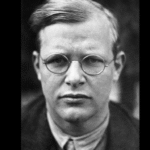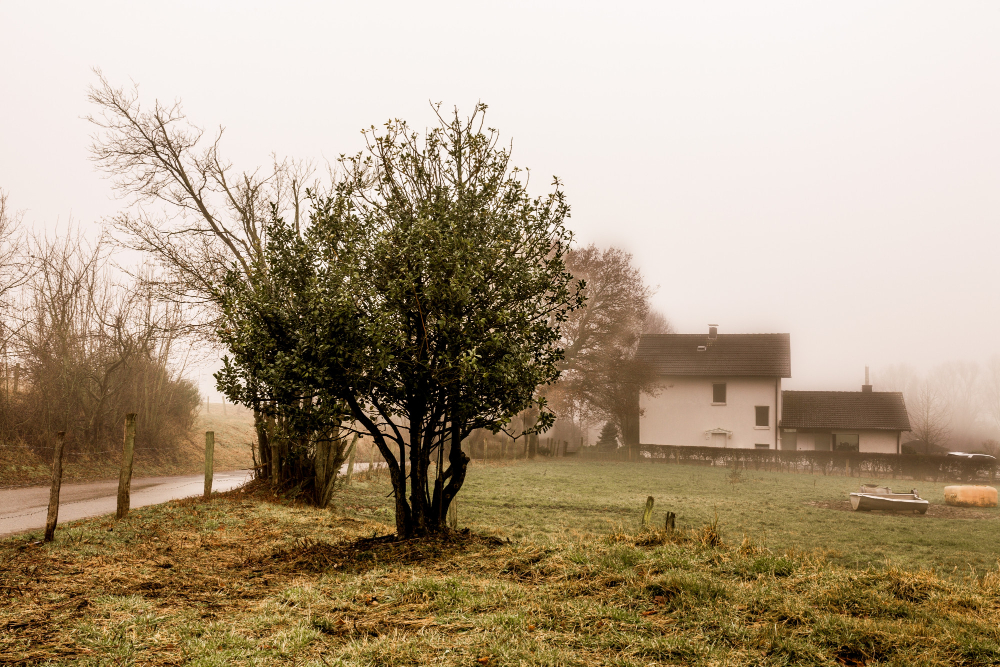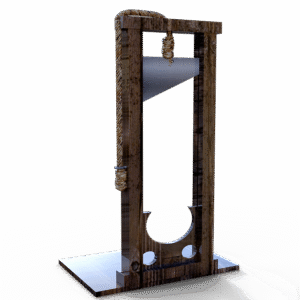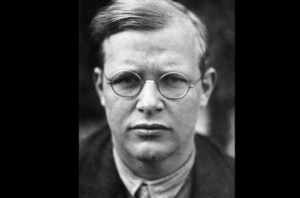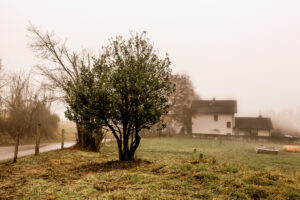
The cinematic life of last French Queen!
The movie
Released in 2006 and directed by Sofia Coppola, “Marie Antoinette” presents a visually stunning and audibly captivating portrayal of the life of France’s last queen before the revolution. Set against the backdrop of 18th-century Versailles, the film explores the historical context of Marie Antoinette’s reign, drawing on the lavish extravagance and political turmoil that defined this intricate period. Unlike traditional biographical films that tend to adhere strictly to historical facts, Coppola’s interpretation delivers a uniquely modern narrative infused with a contemporary sensibility, thus challenging the conventions typically associated with historical representations.
OFERTA ESPECIAL DE BOAS VINDAS! Economize 20% no seu primeiro pedido com o código HELLO20. Apenas novos clientes. Desconto máximo de USD$30.
The artistic vision behind “Marie Antoinette” goes beyond mere documentation of historical events; it seeks to engage the viewer on an emotional level. Utilizing a vibrant color palette and an eclectic soundtrack featuring modern musical influences, Coppola crafts a film that invites the audience into the intimate world of the queen. This juxtaposition of historical narrative and modern elements serves to emphasize themes of isolation, rebellion, and self-discovery, positioning Marie Antoinette not simply as a political figure but as a young woman grappling with her identity amid the constraints of royal expectation.
The film’s narrative unfolds while highlighting the contrasts between the opulent lifestyle of the French aristocracy and the societal conditions leading to the revolutionary fervor of the time. This rich setting allows for the exploration of Marie Antoinette’s personal journey, marked by moments of profound isolation as she navigates the complexities of her role within the court. Ultimately, “Marie Antoinette” presents a multifaceted depiction of the infamous queen, illustrating how her extravagant life at Versailles was intertwined with the broader historical currents shaping France during a tumultuous era.
Storyline: A Synopsis of Marie Antoinette’s Journey
In Sofia Coppola’s “Marie Antoinette,” the narrative unfolds against the backdrop of 18th century France, detailing the life of the young archduchess of Austria as she transitions into the role of the Queen of France. The film begins with Marie Antoinette’s betrothal to Louis XVI, showcasing her innocence and the stark contrast between her youthful exuberance and the stringent expectations imposed by the French court. As she arrives at Versailles, she is confronted with the opulence and decadence of her new life, highlighting the initial allure of royalty.
The storyline effectively captures Marie’s struggle to adapt to the court’s rigorous norms. Amidst opulent balls and lavish feasts, she grapples with her responsibilities and the pressures of royal life. As the story progresses, themes of isolation and rebellion emerge as Marie befriends fellow courtiers and seeks comfort in extravagant consumption, attempting to fill the emotional void left by her royal duties. This narrative device places emphasis on her internal conflict as the young queen navigates a world constrained by tradition and the weight of expectations.
However, the film does not shy away from showcasing the consequences of her indulgent lifestyle. As the French Revolution looms, Marie’s previously glamorous existence begins to unravel. The extravagant expenses that once served as her escape become a burden, leading to a wider public discontent. The film poignantly portrays her transformation from an innocent girl dazzled by luxury to a figure facing the harsh realities of political turmoil and societal change. Ultimately, “Marie Antoinette” intricately weaves together personal and political dimensions, inviting the audience to witness the dramatic arc of a queen whose life was as captivating as it was tragic, foreshadowing the turbulent times ahead.
Character Analysis: A Closer Look at Marie Antoinette and Supporting Characters
The film “Marie Antoinette,” directed by Sofia Coppola, presents a nuanced portrayal of its titular character, depicted by Kirsten Dunst. At its core, the film explores the complexities of Marie Antoinette as a young queen navigating the intricate web of the French court. Initially portrayed as a naive and extravagant figure, the character evolves as she grapples with the constraints of her royal status. Her motivations stem from a desire for freedom and individuality, reflecting a stark contrast to the rigid expectations imposed upon her. Dunst’s performance brings depth to Marie’s struggles, effectively capturing her internal conflicts and moments of vulnerability amidst the glitz of court life.
Supporting characters further enrich the narrative, particularly Louis XVI, played by Jason Schwartzman. As Marie’s husband, his portrayal adds layers to their relationship, showcasing the tensions between personal affection and political responsibility. Louis is depicted as well-meaning yet ineffectual, embodying the struggles faced by both individual desires and the heavy burdens of monarchy. His interactions with Marie reveal the sacrifices she must make, often placing her own happiness secondary to the demands of royal duty.
Additionally, Marie’s companions serve as pivotal figures in her life, reflecting the diverse social dynamics within the court. Characters such as the Countess de Noailles and Gabrielle de Polignac highlight the varying perspectives of women during this historical period. They provide counsel and companionship but also further complicate Marie’s position. Their influences illustrate the blend of camaraderie and rivalry present in aristocratic societies, marking the interplay between friendship and ambition. Overall, the depth of character development in “Marie Antoinette” allows audiences to appreciate the intricacies of personal desires, highlighting how these aspirations conflict with the expectations of their roles within the French court.
Cinematography and Artistic Choice: A Visual Feast of Versailles
One of the most striking aspects of ‘Marie Antoinette’ is its remarkable cinematography, which serves as a fundamental vehicle for storytelling throughout the film. Shot by the acclaimed cinematographer Lance Acord, every frame is steeped in vibrant color, creating a visual feast that captures the opulence of Versailles. The lavish costumes designed by Milena Canonero further enhance this visual richness, reflecting the grandeur of the era and illuminating the intricate details of the characters’ lives. The choices of fabrics, cuts, and colors not only establish a sense of authenticity but also breathe life into the characters, accentuating their personalities and roles within the aristocratic society of 18th-century France.
The set decoration in ‘Marie Antoinette’ harmoniously complements the costume design, providing a lavish backdrop that immerses the audience in the Queen’s world. From the elaborate salons to the lush gardens, each scene transports viewers to a time when decadence defined existence. The meticulous attention to detail in both the interiors and exteriors exemplifies the dedication to authenticity, allowing the historical context to resonate profoundly. Furthermore, the bold use of color throughout the film plays a significant role—soft pastels juxtaposed with vibrant hues evoke a sense of both joy and despair, mirroring Marie Antoinette’s journey and internal struggles.
Partner Boost
An essential aspect of the film’s artistic direction is its inventive soundtrack. The deliberate choice to include contemporary music within the historical setting creates a striking contrast that appeals to modern audiences. This fusion of the anachronistic soundtrack influences how viewers interpret the themes of autonomy and despair, underscoring Marie Antoinette’s isolation amidst her lavish surroundings. As music pulsates through scenes of grandeur, it elicits a sense of contemporary relevance, suggesting that the complexities of identity and societal expectation remain timeless. Through these varied artistic choices, ‘Marie Antoinette’ constructs a visually compelling narrative that engages both history enthusiasts and casual viewers alike.
Share this content:








